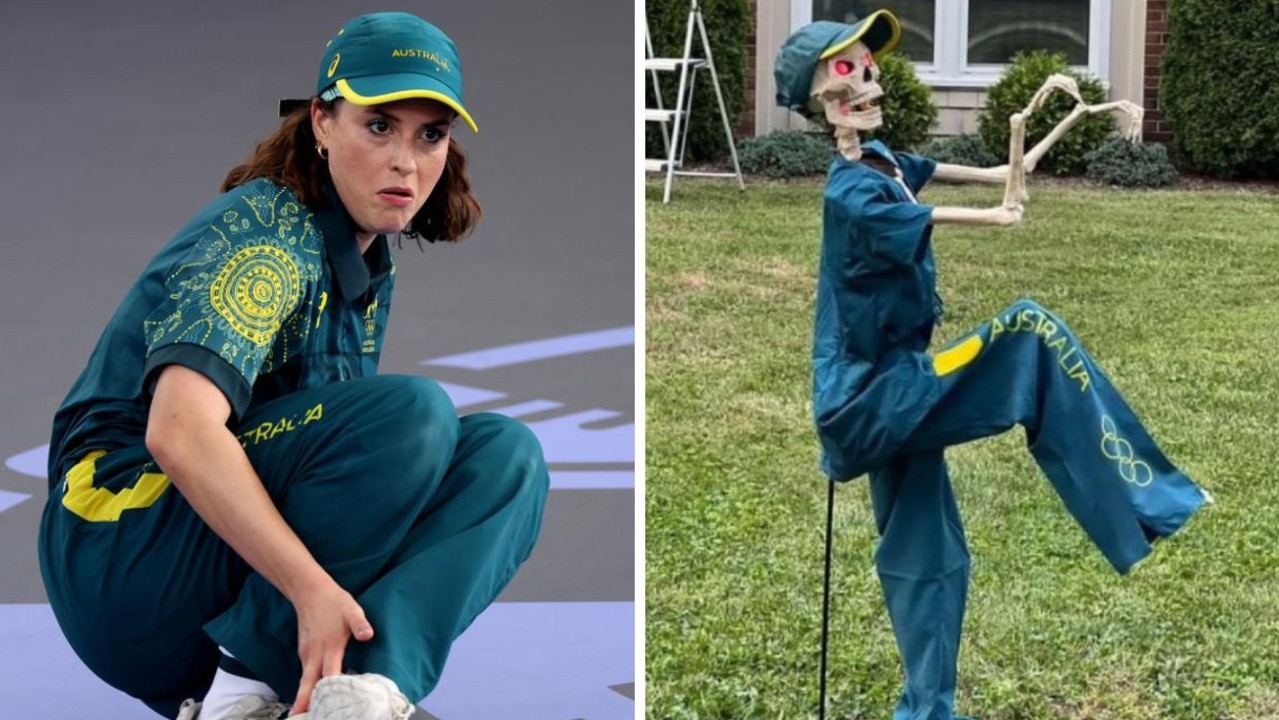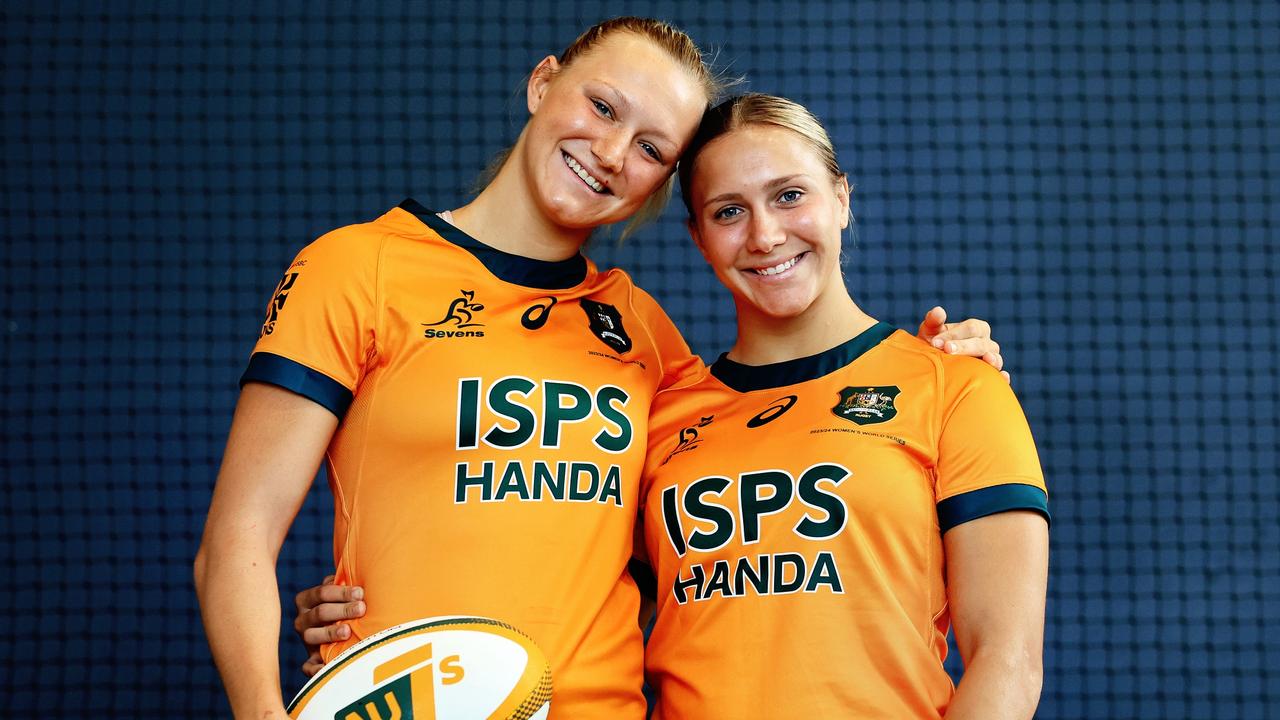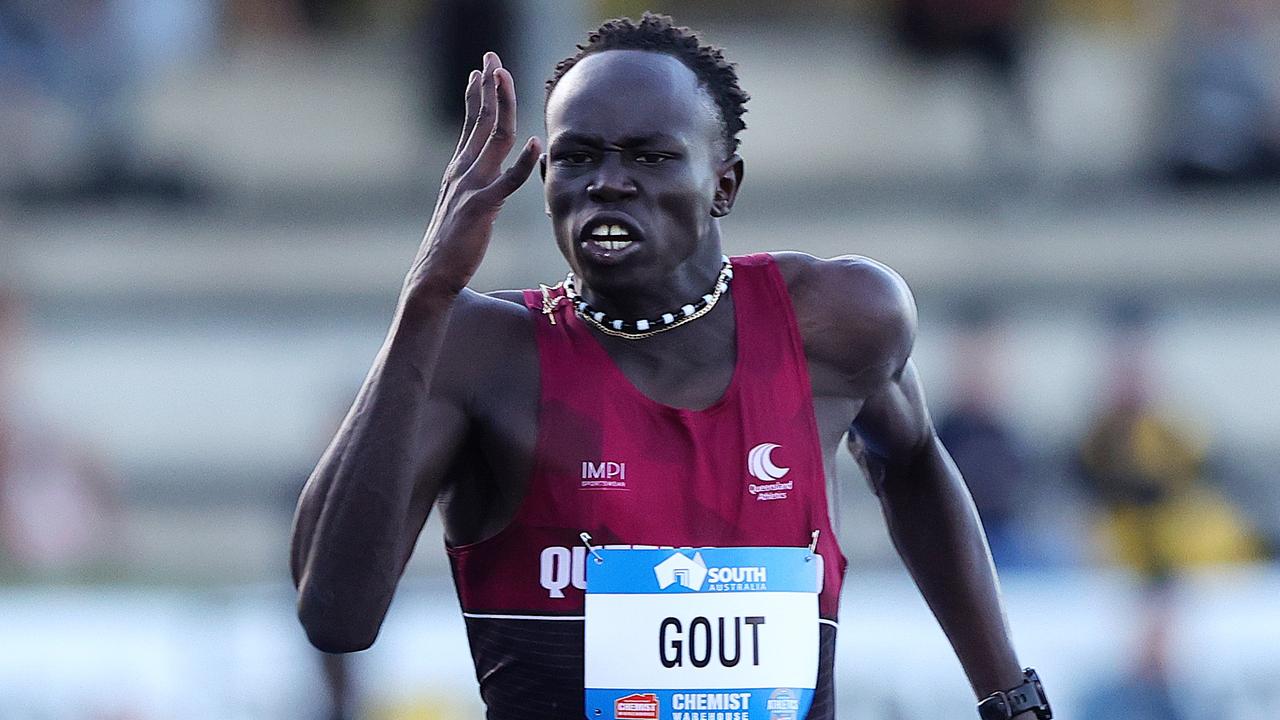Qld Premier David Crisafulli gives himself 100 days to review Brisbane 2032 Olympics plan
Queensland Premier David Crisafulli has given himself a deadline to let the world know how he’s going to deliver a memorable 2032 Olympic Games.
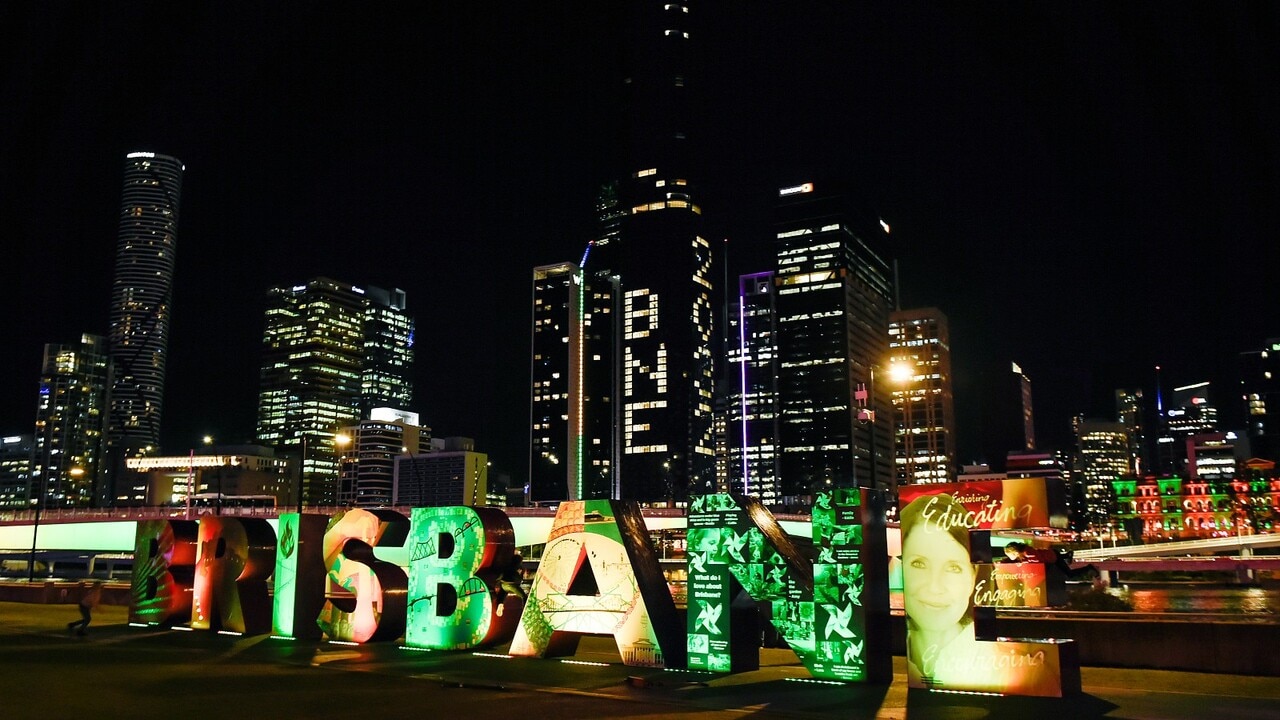
Olympics
Don't miss out on the headlines from Olympics. Followed categories will be added to My News.
Queensland Premier David Crisafulli has given himself 100 days to let Queensland and the world know what they can expect at the 2032 Olympic and Paralympic Games after years of project uncertainty.
The newly elected LNP government has committed to coming up with a plan, giving itself a 100-day deadline.
That gives it until at least March before there’s a clearer picture on how the Olympics will look in 2032 and what needs to be done to ensure it goes off without a hitch.
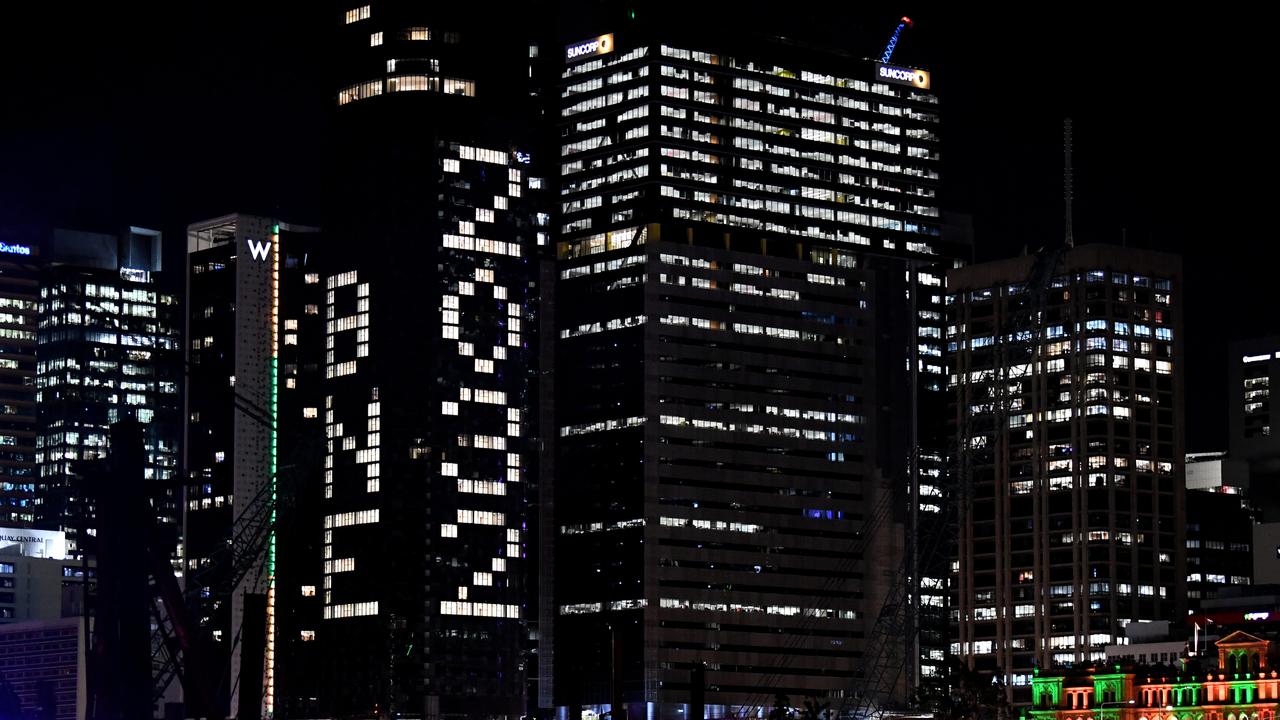
A new independent Infrastructure Co-ordination Authority is expected to be announced within 30 days and will be tasked with mapping out infrastructure and transport needs for the Games.
The authority will then have 100 days or before March to provide a report to government outlining which infrastructure projects, including the main stadium, will be best suited to building a legacy for Queensland.
QUT property economics senior lecturer Lyndall Bryant said the government now had a lot to consider when deciding the best way to move forward with creating an Olympics legacy for Brisbane and the rest of the state.
“It’s probably no surprise that it won’t go in the direction the Labor government said it would,” Dr Bryant told NewsWire.
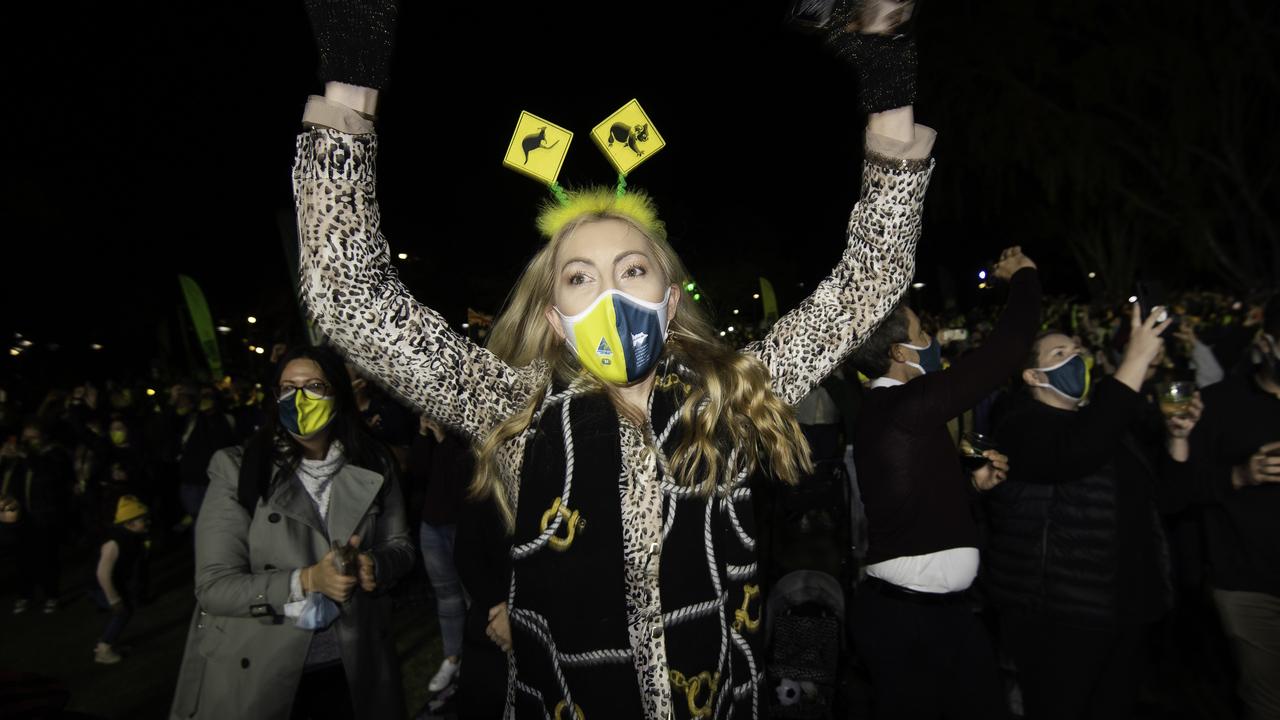
“I’d imagine the new government would want to put its own stance on where the infrastructure goes.
“Infrastructure is a number of different things and some things are committed to and they can’t be reversed, like the athletes village. Those things in construction will go ahead.
“But the stadium is the big one, it’s the thing on everyone’s lips.
“We’re in a fortunate situation where we’ve got a few different options.
“I think that 100 days is probably realistic to come up with some sort of assessment of one of those scenarios or an alternative, but you wouldn’t think an alternative might be the way to go.
“Given we’re seven years out from the Olympics and there’s pressure to get moving, I would imagine there’s some sort of decision made around a proposal that’s pretty much ready to go.”
Olympic options up for grabs
The government will have several costly options to choose from in determining which stadium plan it will commit to building or redeveloping.
The former Palaszczuk government had looked to pursue a $2.7bn upgrade of Brisbane’s iconic Gabba Stadium in inner-city Woolloongabba.
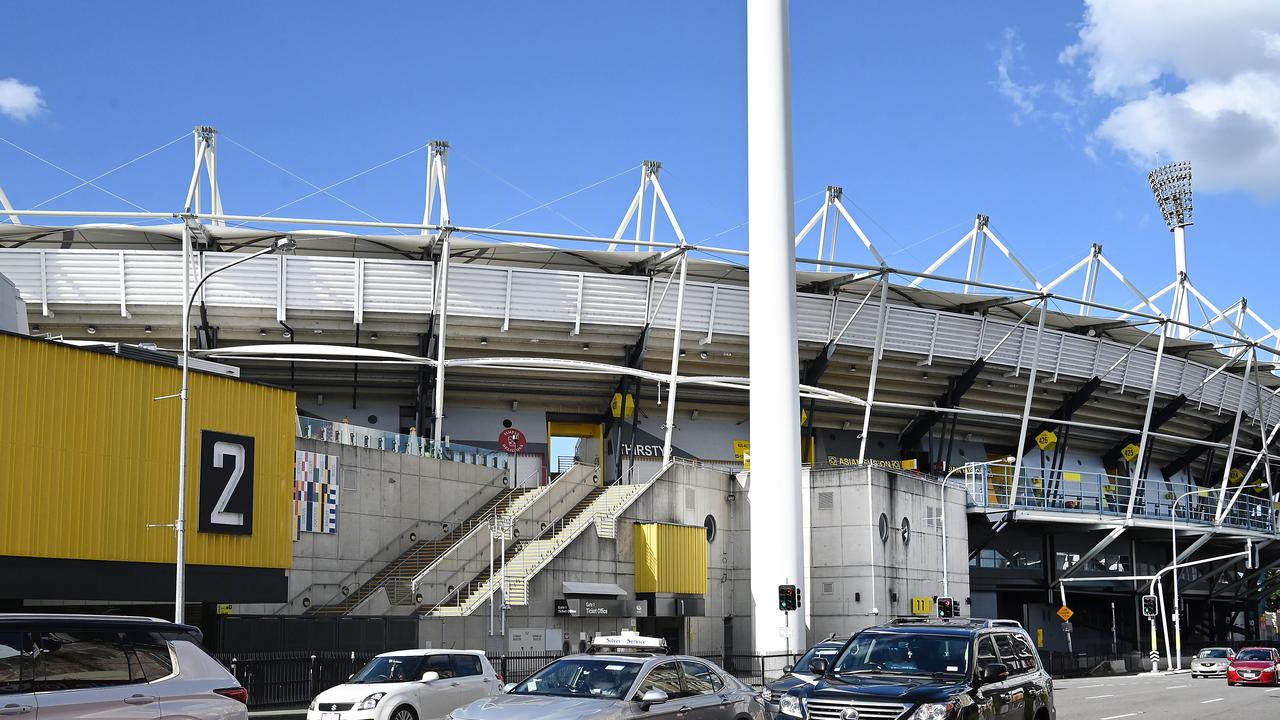
Another option on the table was to build an entirely new stadium at Victoria Park at an estimated cost of $3.4bn as part of the city’s Olympics infrastructure legacy.
This option was supported by former Brisbane mayor Graham Quirk, who led a 60-day review of Queensland’s infrastructure for the Games.
The Quirk review ultimately recommended a new stadium at Victoria Park to replace an “end of life” Gabba.
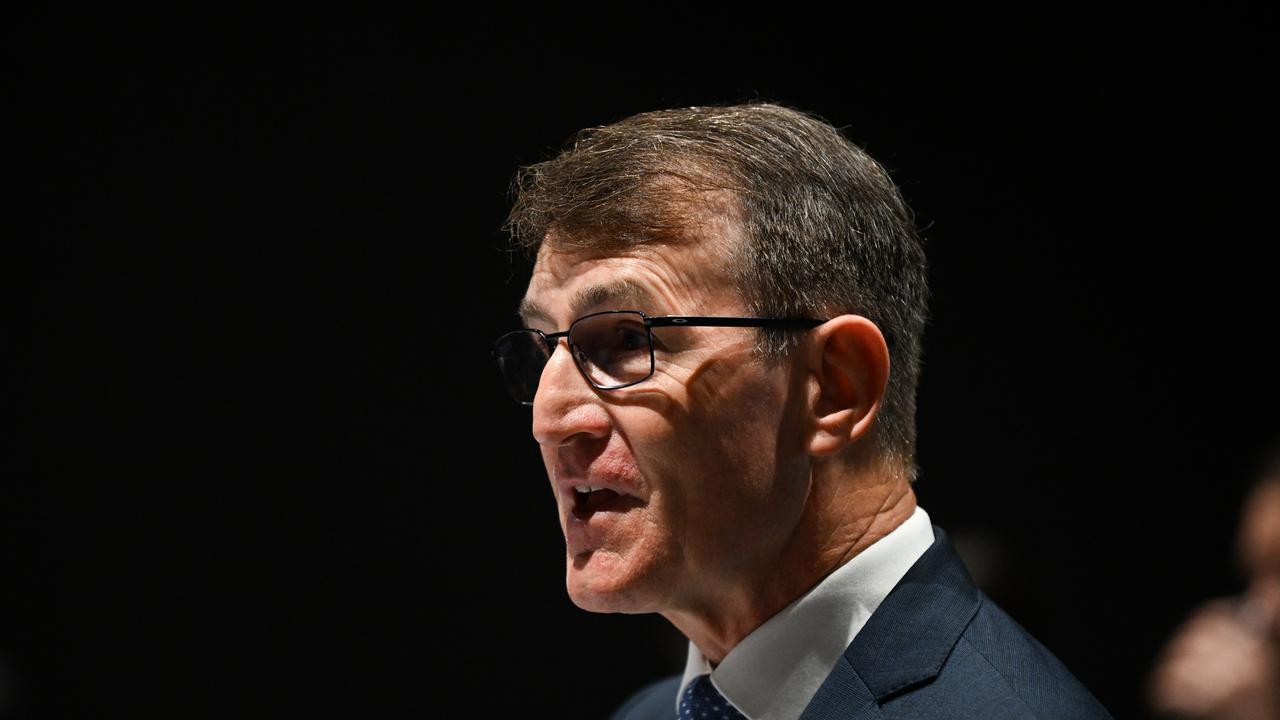
However, when former premier Steven Miles took over the top job he ultimately rejected both options in March this year and instead opted to funnel $1.6bn to upgrade QSAC to host 40,000 spectators and hold the opening and closing ceremonies at Suncorp Stadium.
QSAC’s current full capacity is 48,500 seats and the stadium is also located about 12km from the CBD.
Mr Crisafulli said the former Miles government’s plan of redeveloping QSAC would be “going backwards”.
“Within 100 days, Queenslanders will see a plan that they are proud of and, in doing so, we can restore faith in that process,” he told reporters the day after winning office.
Another scenario the newly formed government could reconsider is a $6bn privately owned proposal to build a mega precinct with a 60,000-seat waterfront stadium and a 2500-apartment athletes’ village in Hamilton.
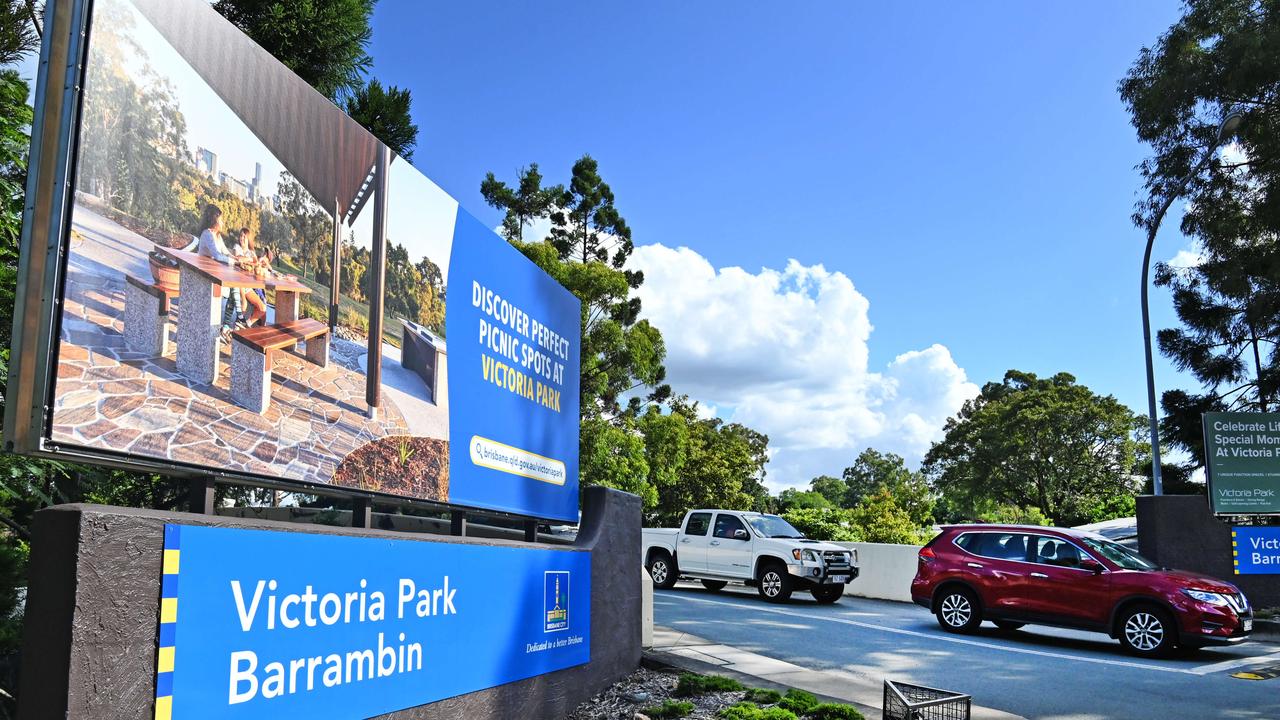
While Brisbane’s Northshore project was ultimately rejected by Labor, Dr Bryant said the Crisafulli government shouldn’t completely rule out the assistance of private partnerships.
“There are some visionary bigger picture opportunities but I think it comes down to the development model,” Dr Bryant said.
“Whatever model they (the government) chose moving forward, they need to get that mix between private and public participation right.
“It’s great to get private sector money and expertise but we need to think of the outcome.
“If we want social housing as part of the outcome, then you need development that’s owned and operated by a not-for-profit or by the government.
“There’s pros and cons of every model, but we shouldn’t poo-poo private opportunities because if they’re structured correctly, then there’s risk sharing and then the government, which is basically the public purse, isn’t left holding the can.
“If you look at things like the Cross-River Rail and things like that, the taxpayer has to foot that bill whereas if it’s private sector involved, there’s possibly a greater focus on cost effectiveness and productivity and that’s to the benefit of the taxpayer.
“Private-public partnerships can be really great if they’re structure correctly upfront.”
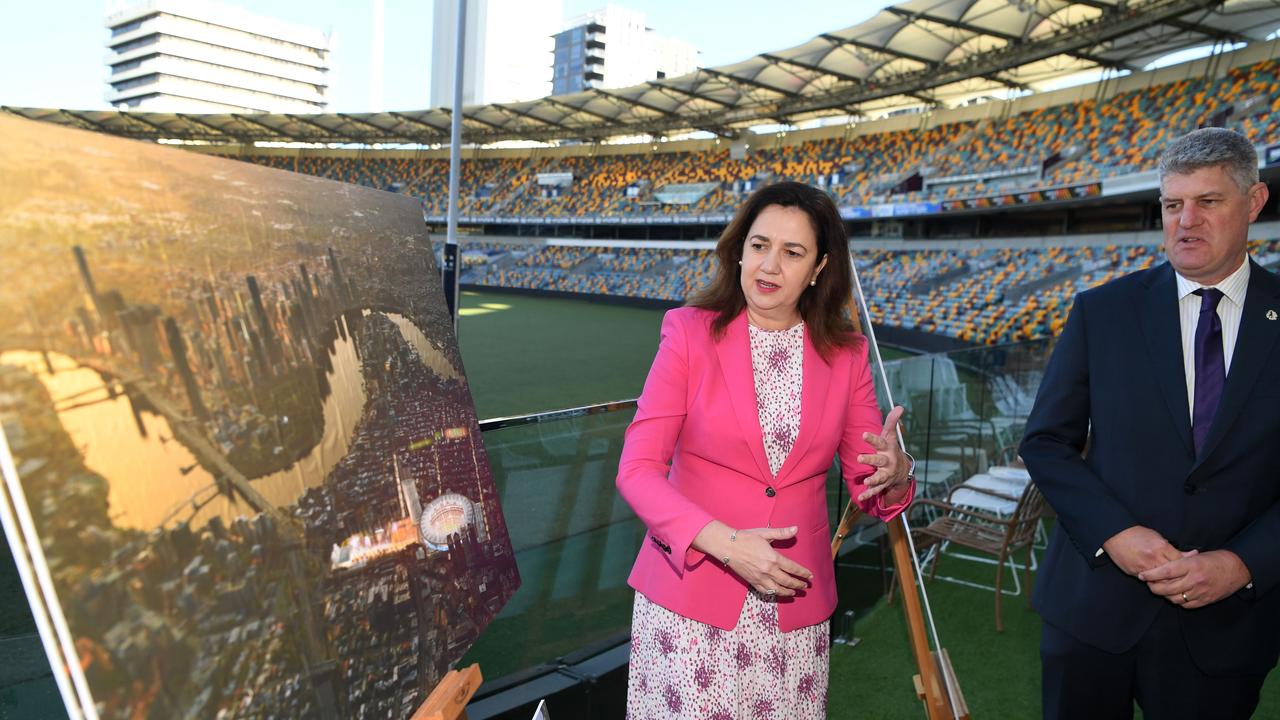
Other key legacy issues
Dr Bryant said she hoped the Crisafulli government would also use the 100-day review to consider how they could make social housing a focal point of the legacy plan.
“The wider housing legacy is something that we need to be thinking about for the Olympics as well,” she said.
“I for one would want to see it elevated and have a more specific focus on how we’re going to not have the same situation that Paris had.
“Paris was widely publicised and criticised for bussing vulnerable and homeless people out of the city centre and taking them away to temporary regional relocation facilities.
“There are opportunities for the greater good to be serviced and there be a positive legacy from a housing perspective as well in social housing, not just affordable housing.
“The social housing is really the people who need the greatest support.”
Queensland’s 41st premier has since spoken with Prime Minister Anthony Albanese and Sports Minister Anika Wells about the Olympic infrastructure.
“I spent a considerable amount of time talking to the Prime Minister about that and we intend to speak directly to the (federal) Sports Minister (Anika Wells), who is a Queenslander, and I reckon we can get a good outcome,” he said on Sunday.
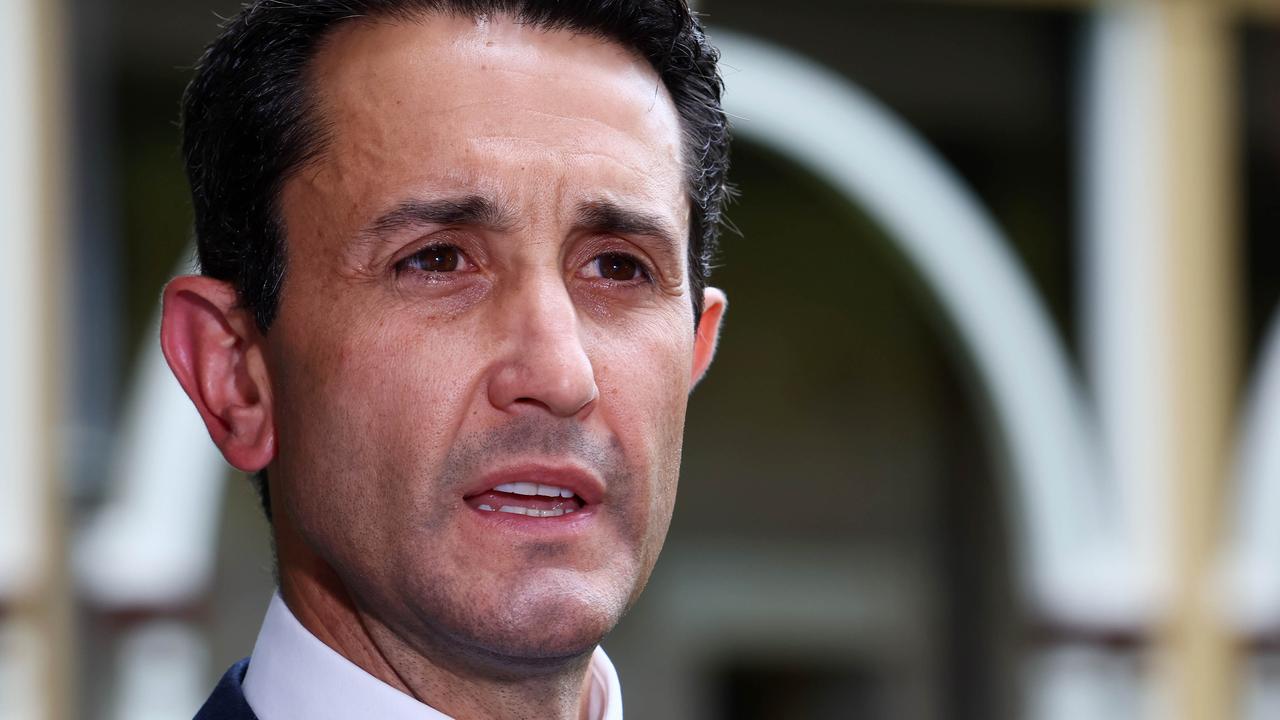
Mr Albanese said he would work collaboratively with Mr Crisafulli to ensure the Olympics were a success.
“I know David quite well – we’ve met over the years – and we have a big job to do,” Mr Albanese said.
The federal and Queensland governments will provide a $7.1bn “funding envelope” for the Games.
The federal government has committed to financing a new $2bn “Brisbane Arena” at the Roma Street Station precinct, which is expected to host swimming events.
So who’s responsible?
Tim Mander was sworn in as the state’s newest Olympics and Paralympics minister on Friday.
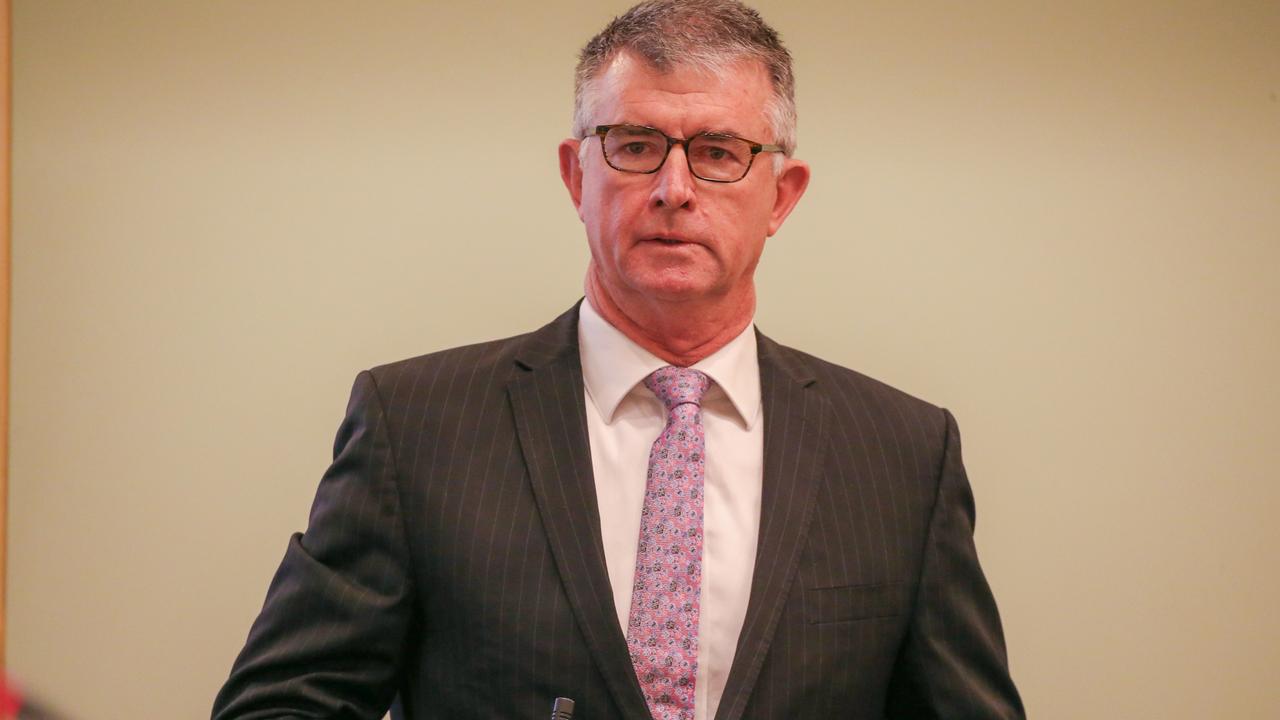
He’ll work alongside Tourism Minister Andrew Powell to get the plan together in time.
Mr Crisafulli said the new cabinet would work with the two ministers to ready Queensland for the Games and create a 20-year tourism plan for the state.
“By bringing together tourism and environment under the one portfolio with an experienced minister in Andrew Powell, we will overcome the roadblocks that have stood in the way of Queensland benefiting from important new eco-tourism opportunities,” Mr Crisafulli said.
“Whilst I had intended to keep the tourism portfolio, it has been evident during Machinery of Government discussions that only by bringing together environment and tourism will we realise the full potential of eco-tourism opportunities for Queensland.
“As minister for the Olympic and Paralympic Games, as part of the sport ministry, Tim Mander will ensure every Queenslander can benefit from world-class sports and benefit from the Games’ legacy.”
Originally published as Qld Premier David Crisafulli gives himself 100 days to review Brisbane 2032 Olympics plan





